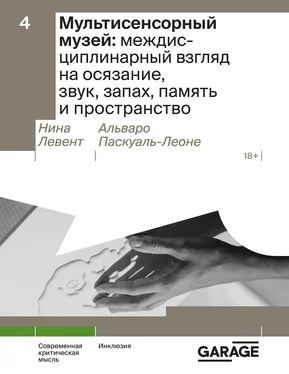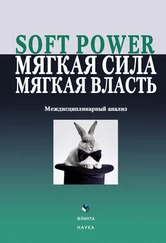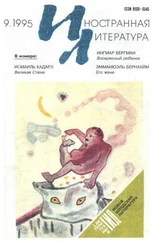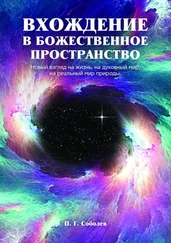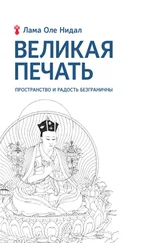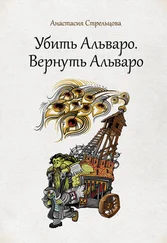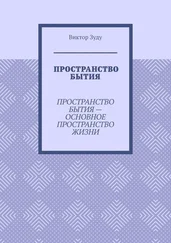Amedi A. et al. (2001). Reed C.L., Shoham S., Halgren E. (2004) Neural substrates of tactile object recognition: An fMRI study // Human Brain Mapping, № 21: 236–246.
Sathian K. (2004) Modality, quo vadis?: Comment // Behavioral & Brain Sciences, № 27: 413–414.
В исследованиях с применением фМРТ можно обнаружить большое количество статистически значимых связей активности одного отдела мозга с другим, но на основании наличия корреляции невозможно установить причину этой связи. Особую ценность представляют поиски эффективных связей, которые отражают взаимное влияние отделов мозга друг на друга, и стоящие за ними нейрональные связи. Такие исследования требуют специального дизайна. О некоторых из них авторы статьи рассказывают дальше (прим. науч. ред.).
Peltier S., Stilla R., Mariola E., LaConte S., Hu X., Sathian K. (2007) Activity and effective connectivity of parietal and occipital cortical regions during haptic shape perception // Neuropsychologia, № 45: 476–483; Deshpande G., Hu X., Stilla R., Sathian K. (2008) Effective connectivity during haptic perception: A study using Granger causality analysis of functional magnetic resonance imaging data // NeuroImage, № 40: 1807–1814.
Lucan J.N., Foxe J.J., Gomez-Ramirez M., Sathian K., Molholm S. (2010) Tactile shape discrimination recruits human lateral occipital complex during early perceptual processing // Human Brain Mapping, № 31: 1813–1821.
Peltier S. et al. (2007); Deshpande G. et al. (2008).
Deshpande G., Hu X., Lacey S., Stilla R., Sathian K. (2010) Object familiarity modulates effective connectivity during haptic shape perception // NeuroImage, № 49: 1991–2000; Lacey S., Flueckiger P., Stilla R., Lava M., Sathian K. (2010) Object familiarity modulates the relationship between visual object imagery and haptic shape perception // NeuroImage, № 49: 1977–1990.
Lacey S. et al. (2010).
См. подробнее: Lacey S. et al. (2010).
Deshpande G. et al. (2008).
Lacey S., Campbell C., Sathian K. (2007b) Vision and touch: Multiple or multisensory representations of objects? // Perception, № 36: 1513–1521.
Mechelli A., Price C.J., Friston K.J., Ishai A. (2004) Where bottom-up meets top-down: neuronal interactions during perception and imagery // Cerebral Cortex, № 14: 1256–1265.
Peltier S. et al. (2007); Deshpande G. et al. (2008).
Lacey S. et al. (2009a).
Stilla R. Sathian K. (2008); Sathian K. et al. (1997).
Lacey S., Stilla R., Porath M., Tipler C., Sathian K. (2012). Spatial imagery in haptic shape perception // Abstract, Society for Neuroscience, New Orleans, October 13–17.
Lacey S. et al. (2012).
Heller M.A. (2006) Picture perception and spatial cognition in visually impaired people // Touch and Blindness: Psychology and Neuroscience / Heller M.А., Ballesteros S. (Eds.) Mahwah: Lawrence Erlbaum Associates.
University of Leicester announces discovery of King Richard III (https://www2.le.ac.uk/offices/press/press-releases/2013/february/ university-of-leicester-announces-discovery-of-king-richard-iii).
The Book of Touch / Classen С. (Ed.) (2005) Oxford and New York: Berg: 274.
The Book of Touch / Classen С. (Ed.)
Longo M.R., Kammers M.P.M., Gomi H., Tsakiris M., Haggard P. (2009) Contraction of body representation induced by proprioceptive conflict // Current Biology, № 19: R727–R728.
Craig A.D. (2002) How do you feel? Interoception: The sense of the physiological condition of the body // Nat. Rev. Neuroscience, № 3(8): 655–666.
Ernst M.O., Banks M.S. (2002) Humans integrate visual and haptic information in a statistically optimal fashion // Nature, № 415: 429–433. Alais D., Burr D. (2004) The ventriloquist effect results from near-optimal bimodal integration // Curr. Biol, № 14: 257–262.
Montgomery S.M. Emergence (http://produceconsumerobot.com/emergence/).
Seth A.K., Suzuki K., Critchley H.D. (2011) An interoceptive predictive coding model of conscious presence // Front Psychol, № 2: 395.
Боди-арт включает в себя шрамирование, пирсинг и другие виды телесных изменений (прим. науч. ред.).
Avenanti A., Bueti D., Galati G., Aglioti S.M. (2005) Transcranial magnetic stimulation highlights the sensorimotor side of empathy for pain // Nature Neuroscience, № 8: 955–960.
Urban P.P., Solinski M., Best C., Rolke R., Hopf H.C., Dieterich M. (2004) Different short-term modulation of cortical motor output to distal and proximal upper-limb muscles during painful sensory nerve stimulation // Muscle Nerve, № 29: 663–669.
Singer T., Seymour B., O’Doherty J., Kaube H., Dolan R.J., Frith C.D. (2004) Empathy for pain involves the affective but not sensory components of pain // Science, № 303: 1157–1162.
Singer T., Lamm C. (2009) The social neuroscience of empathy // Annals of the New York Academy of Science, № 1156: 81–96.
Lang S., Yu T., Markl A., Müller F., Kotchoubey B. (2011) Hearing others’ pain: Neural activity related to empathy // Cognitive Affective Behavioral Neuroscience, № 11: 386–395.
Hyvärinen J., Poranen A. (1974) Function of the parietal associative area 7 as revealed from cellular discharges in alert monkeys // Brain, № 97: 673–692.
Graziano M.S., Yap G.S., Gross C.G. (1994) Coding of visual space by premotor neurons // Science, № 266: 1054–1057. Rizzolatti G., Scandolara C., Matelli M., Gentilucci M. (1981) Afferent properties of periarcuate neurons in macaque monkeys. II. Visual responses // Behavioral Brain Research, № 2: 147–163.
Makin T.R., Holmes N.P., Zohary E. (2007) Is that near my hand? Multisensory representation of peripersonal space in human intraparietal sulcus // J ournal of Neuroscience, № 27: 731–740.
Graziano M.S., Reiss L.A., Gross C.G. (1999) A neuronal representation of the location of nearby sounds // Nature, № 397: 428–430.
Làdavas E., Pavani F., Farné A. (2001) Auditory peripersonal space in humans: A case of auditory-tactile extinction // Neurocase, № 7: 97–103.
Читать дальше
